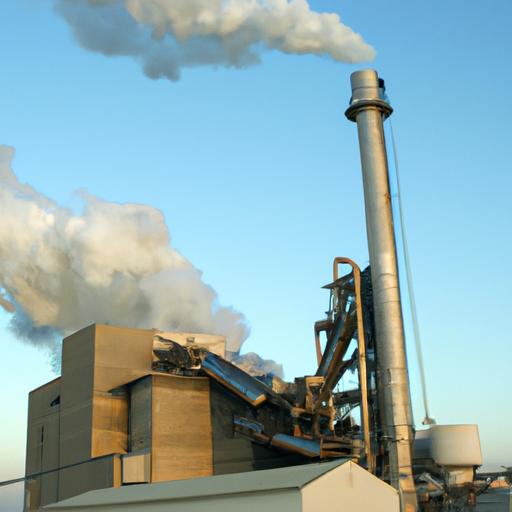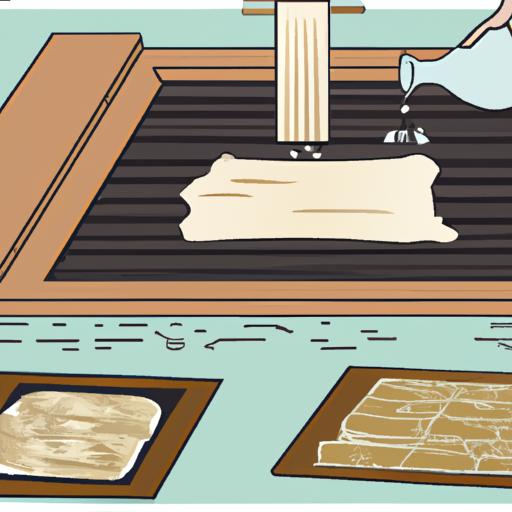When Was Paper Made: A Comprehensive History
Table of Contents
Paper is one of the most important materials in human history. It has played a crucial role in the development of human civilization, and it is still an essential part of our lives today. But when was paper made, and how did it come to be such an important material? In this article, we will explore the history of paper, from its ancient origins to the modern-day.
The History of Paper

Paper has been around for thousands of years, and its origins can be traced back to ancient China. The first paper was made from mulberry bark and other plant fibers, which were soaked, beaten, and then pressed into sheets. This early paper was used for writing and drawing, and it was much more durable than other materials like papyrus or animal skins.
Over time, paper making techniques spread to other parts of the world. In the Islamic world, for example, paper was made from linen and cotton fibers, and it was used to produce books, maps, and other important documents. In Europe, paper making was introduced in the 12th century, and it quickly became an important part of the printing industry.
The First Paper Mills
The first paper mills were established in China during the Han dynasty, around 200 BC. These mills were small-scale operations that produced paper by hand, using traditional techniques. It wasn’t until the 8th century AD that paper mills began to emerge on a larger scale.
One of the most significant developments in paper making came in the 10th century, with the invention of the Fourdrinier machine. This machine revolutionized paper making by allowing for continuous production of paper, rather than individual sheets. The Fourdrinier machine is still used in modern paper mills today, although it has been greatly improved and automated over the years.
By the 19th century, paper mills had become a major industry, with large-scale operations producing paper for newspapers, books, and other uses. The Industrial Revolution brought even more advancements in paper making, including the use of wood pulp as a raw material. Today, paper is made from a variety of materials, including wood, recycled paper, and even agricultural waste.
Paper in Europe
In Europe, paper making was introduced in the 12th century, and it quickly became an important part of the printing industry. The invention of the printing press in the 15th century by Johannes Gutenberg was a major turning point in the history of paper. With the ability to mass-produce books and other printed materials, demand for paper skyrocketed. In fact, it has been estimated that by the end of the 15th century, more than 20 million books had been printed in Europe.
The Industrial Revolution brought even more advancements in paper making. With the introduction of steam power and other technological innovations, paper mills were able to produce paper on a much larger scale. In addition, new materials like wood pulp were being used to produce paper, which was cheaper and more readily available than other raw materials.
Paper in America
Paper making in America has a long history, dating back to the early days of the colonies. The first paper mill in America was established in Massachusetts in 1690, and by the mid-18th century, there were more than 20 paper mills in operation in the colonies.
One of the most significant developments in the American paper industry came in the early 19th century with the rise of the newspaper industry. Newspapers were becoming an increasingly important part of American culture, and they required a steady supply of paper. As a result, paper mills began to spring up all over the country, and by the mid-1800s, the United States was the world’s leading producer of paper.
Today, paper is still an important part of the American economy, with a wide range of paper products being produced for various industries. However, with the rise of digital technology, demand for paper has declined in recent years. Despite this, paper remains an essential part of our daily lives, and it will continue to play an important role in the future.
Modern Paper Making Techniques
The modern paper making process involves several steps, each of which contributes to the final product’s quality. The first step is to create a pulp from the raw materials, which can be wood chips, recycled paper, or other sources. The pulp is then washed, refined, and screened to remove impurities and create a consistent texture.
Next, the pulp is formed into sheets or rolls, depending on the desired end product. The paper is then dried, either by air or by using heated rollers, and then passed through a series of finishing processes, such as calendering or coating, to give it the desired properties.
Sustainable paper making practices are becoming increasingly important in the modern era. Many paper manufacturers are working to reduce their environmental impact by using recycled materials, reducing water and energy use, and implementing other sustainable practices. Consumers can also play a role by choosing paper products that are sustainably produced and recycled.
Conclusion
Paper has come a long way since its humble beginnings in ancient China. Today, it is a vital part of our daily lives, used for everything from books and newspapers to packaging and hygiene products. While digital technologies have brought new challenges to the paper industry, there is still a strong demand for high-quality paper products.
The future of paper making lies in sustainability and innovation. As consumers become more aware of the environmental impact of paper production, manufacturers will need to find new ways to reduce their footprint and create products that are eco-friendly. At the same time, new technologies will continue to revolutionize the industry, allowing for faster, more efficient, and more sustainable paper production.
Despite the challenges, the importance of paper in today’s society cannot be overstated. From preserving our history to providing essential products for everyday use, paper will continue to play a vital role in our lives for many years to come.

